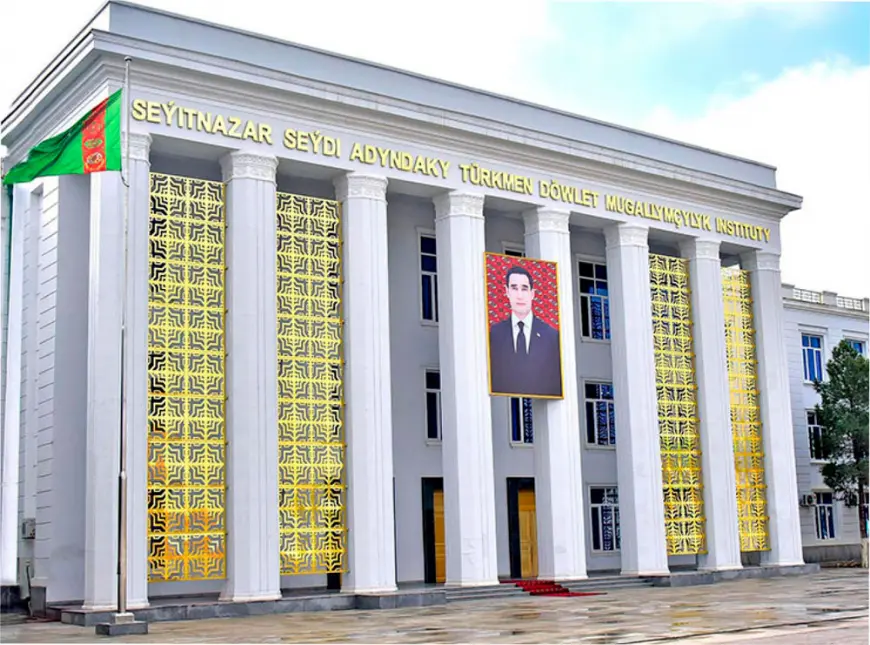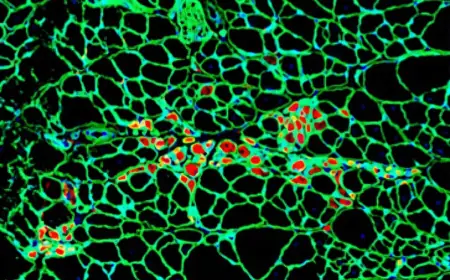Implementation of the STEM Methodology at the Turkmen State Pedagogical Institute named after Seyitnazar Seydi

In the era of the Revival of the New Age of a Prosperous State, under the wise leadership of the Esteemed President, large-scale transformations are being implemented in the education system. Modern teaching methods are being widely introduced in the country’s higher education institutions. Among them, the STEM methodology (Science, Technology, Engineering, and Mathematics) holds particular significance. This approach is aimed at fostering scientific thinking, creativity, and experiential learning opportunities among young people.One of the leading higher education institutions undertaking significant efforts in this direction is the Turkmen State Pedagogical Institute named after Seyitnazar Seydi. The institute is implementing several specific measures related to the STEM methodology, achieving effective results in providing students with modern education.
Introduction of New Academic Courses
Starting from the 2022–2023 academic year, a special course titled “STEM Approach in Teaching Physics” was introduced for 4th-year physics students. Through this course, students learn about the essence of the STEM methodology, its practical application, and the integration of theory and practice in classroom lessons. The course not only provides theoretical knowledge but also helps develop students’ creative thinking skills through practical activities.Additionally, a new elective course, “Fundamentals of Robotics,” was incorporated into the curricula for mathematics, computer science, and physics programs. In this course, students are introduced to the basics of modern technologies, including robot programming and the development of technical projects. The curriculum for this course was approved by the Academy of Sciences of Turkmenistan and is widely applied in educational practice.
The Role of STEM in the Education System
At the institute, the STEM methodology is not limited to the introduction of new courses but also impacts the overall structure of teaching. Under the guidance of instructors, students carry out group project work. These projects help develop skills in collaboration, problem-solving, and data analysis. Furthermore, interdisciplinary connections are established, allowing knowledge from one field to be integrated with another. For example, theoretical concepts learned in physics classes are deepened through programming related to computer science.
Methodological and Scientific Work in STEM
The institute conducts scientific and methodological research on the STEM methodology. Instructors develop teaching manuals and methodological guidelines. These materials outline the structure of project-based work, the organization of laboratory activities, and the use of technologies. Articles prepared by instructors and students are published in the country’s scientific-methodological journals. These articles focus on the role of STEM in higher education, its benefits, and future prospects, making a significant contribution to the country’s educational policy.
Outcomes and Future Directions
The successful implementation of the STEM methodology at the Turkmen State Pedagogical Institute named after Seyitnazar Seydi is a significant step in the development of the country’s education system. The introduction of new courses, the enhancement of practical skills, and the expansion of scientific-methodological work demonstrate the institute’s commitment to preparing modern educators. In the future, these initiatives will be expanded, and the integration of the STEM approach into all aspects of educational and training activities will produce young professionals who will bring new momentum to Turkmenistan’s education system.



























